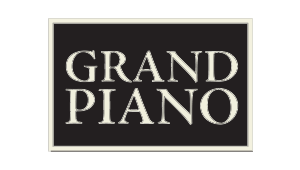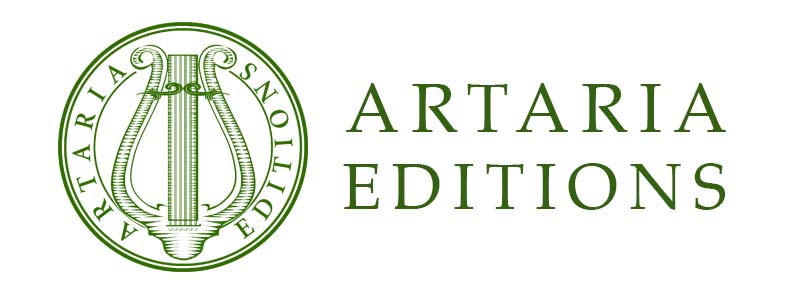...
Advanced Search
Chill with exquisite performances from over 32,000 jazz musicians, from legends to contemporary stars
Naxos has transformed the classical market place in the last decade. As the world’s leading classical music label, we can offer you an unparalleled range of repertoire for licensing.
NAXOS RECORDS – A MEMBER OF THE NAXOS MUSIC GROUP
© 2025 Naxos Digital Services Ltd. All rights reserved.






























